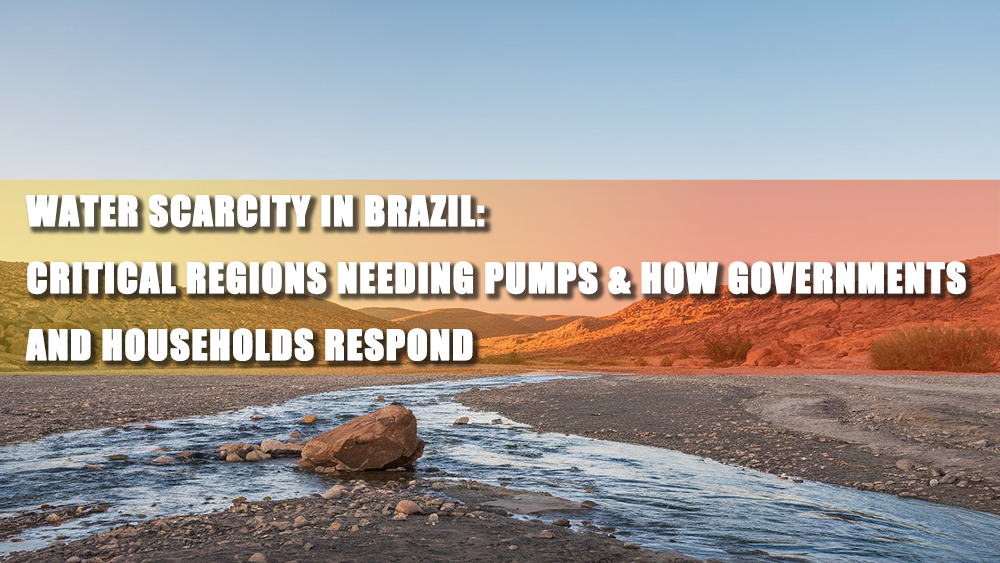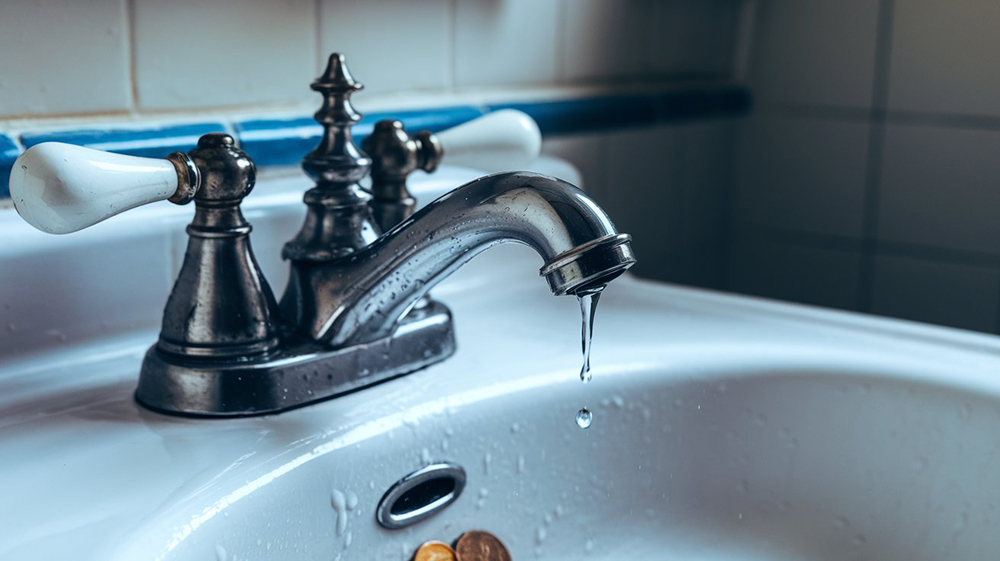+86 13816508465
Apr. 21, 2025

Focus Keywords: Water scarcity in Brazil,pump procurement in Brazil, government water projects, household pump solutions, drought-prone regions in Brazil.
Brazil holds 12% of the world’s fresh water, yet severe water inequality plagues its regions. From parched Northeast deserts to overpopulated megacities and deforested Amazon edges, pumps have become lifelines. This article explores where pumps are urgently needed, analyzes government vs. household deployment models, and highlights sustainable solutions.
Part 1: 4 Water-Scarce Regions in Brazil Requiring Immediate Pump Solutions
1. The Semi-Arid Northeast (Sertão Region)
· Key Issue: Annual rainfall <500mm, rocky terrain limits groundwater retention.
· Pump Demand:
· Government Action: Large-scale projects like the São Francisco River Diversion (14 pump stations, serving 12 million people).
· Household Needs: Families rely on diesel pumps for irrigation, despite high fuel costs.
2. Southeast Megacities (São Paulo, Rio de Janeiro)
· Key Issue: Aging infrastructure leaks 40% of water; reservoirs like Cantareira hit 5% capacity during droughts.
· Pump Demand:
· Public Systems: Utility companies (e.g., Sabesp) deploy booster pumps to maintain urban supply.
· Household Adaptations: Affluent households install pressure pumps; slums often resort to illegal suction pumps.
3. Amazon Rainforest Fringe (Pará, Rondônia)
· Key Issue: Deforestation disrupts rivers; dry seasons force reliance on shallow wells.
· Pump Demand:
· NGO Initiatives: Solar-powered pumps replace diesel in remote communities (e.g., Amazon Water Project).
· Family Units: Manual or small electric pumps for daily water access.
4. Central-West Farmlands (Cerrado Savanna)
· Key Issue: Soybean/sugarcane monocultures drain aquifers; water tables drop 1.5m/year.
· Pump Demand:
· Agribusiness: Industrial centrifugal pumps irrigate vast fields.
· Small Farmers: Government subsidies (e.g., Mais Alimentos program) fund low-cost pumps.
Part 2: Government vs. Household Pumps: Pros, Cons, and Best Fit
Government-Led Pump Infrastructure
· Best For: Urban areas, interstate water transfer, poverty-stricken zones.
· Advantages:
· Cost-efficient scaling (e.g., São Francisco Project’s $3B investment serves 4 states).
· Standardized maintenance ensures sustainability.
· Challenges: Slow implementation; rural coverage gaps.
Household/Community Pump Solutions
· Best For: Remote villages, agricultural emergencies, and off-grid areas.
· Advantages:
· Immediate relief (e.g., $200 submersible pumps for families in Bahia).
· Solar tech cuts energy costs (e.g., Sunsolo’s pumps reduce expenses by 60%).
· Risks: Over-extraction depletes groundwater; maintenance burdens fall on users.
Part 3: Case Studies: Successes and Lessons from Brazil
1. Government Success: São Paulo's Drought Crisis (2014)
· Action: 80 mobile pumps diverted 33 million liters/day from the Jaguari River to Cantareira Reservoir.
· Result: Averted collapse for 9 million residents but highlighted long-term infrastructure fragility.
2. Community Innovation: Solar Pumps in Pará
· Project: NGO-installed solar pumps in 50 rainforest villages.
· Impact: Zero fuel costs and 24/7 water access, though reliant on donor funding.
3.Agricultural Overuse: Cerrado's Water Crisis
· Issue: Unregulated farm pumps caused 30% aquifer depletion in a decade.
· Response: Proposed laws to cap water extraction for irrigation.

Part 4: Future Strategies for Sustainable Water Access
Government Priorities
· Invest $1.2B to upgrade Northeast pump networks by 2025.
· Enforce stricter regulations on agricultural groundwater use.
Technological Shifts
· Smart Pumps: IoT-enabled devices to monitor water levels and optimize usage.
· Affordable Solar: Startups like Sunsolo target rural households with $350 solar pump kits.
Recommendations for Stakeholders
· Urban Residents: Advocate for public system upgrades over short-term pump fixes.
· Rural Communities: Adopt shared solar pumps to reduce individual costs.
· Businesses: Partner with NGOs to fund pump projects in exchange for CSR benefits.
Conclusion
Brazil's water crisis demands a hybrid approach: robust government infrastructure for cities and large-scale agriculture, paired with decentralized, solar-powered pumps for remote areas. Balancing public and private efforts will be key to achieving UN Sustainable Development Goal 6 (clean water for all).
Call to Action: Explore pump procurement options in Brazil—contact experts for customized solutions tailored to your region's needs!
Previous: None
Next: Join STREAM at the 137th Canton Fair —— Discover the Future of Smart Water Solutions
Address
No.17 XeDa Jimei Ind. Park, Xiqing Economic Development Area, Tianjin, China
Telephone
+86 13816508465
QUICK LINKS